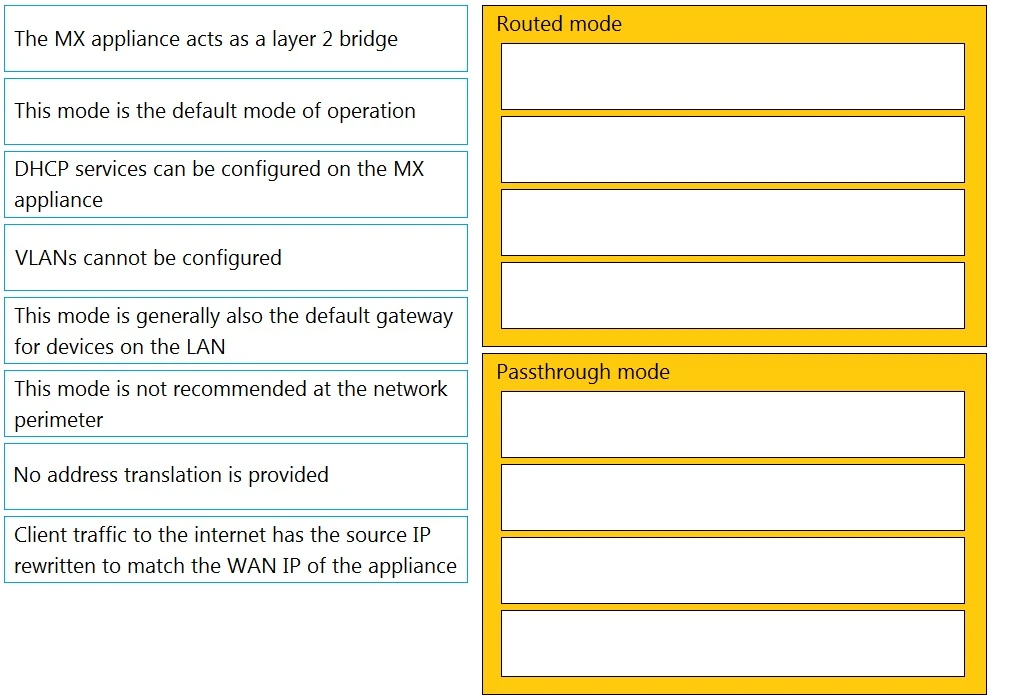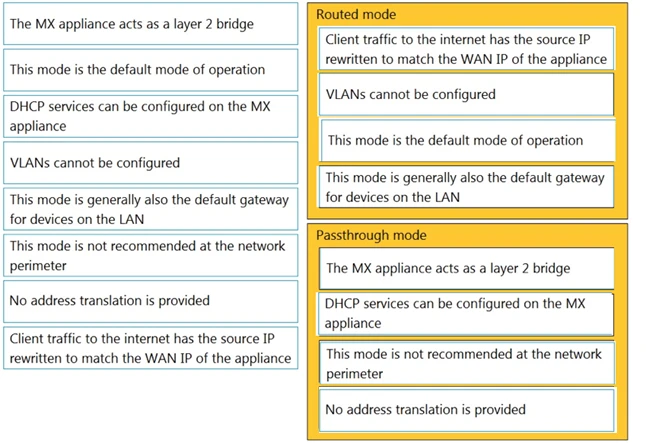Organization permission types include 'Full' and 'Read-only'. 'Full' permission allows complete administrative access to all networks and organization-wide settings, while 'Read-only' permission grants access to view most network and organization-wide settings without making changes.
The role of the Meraki Dashboard as the service provider when using SAML for single sign-on (SSO) is to parse the SAML request and authenticate users. In a SAML-based SSO process, the service provider (in this case, the Meraki Dashboard) receives a SAML assertion from the identity provider, extracts the relevant user information, and grants access based on the authentication and authorization decisions encoded in the SAML assertion.
Which feature does the customer get by using a vMX appliance rather than connecting directly to Azure by VPN?
Using a vMX appliance provides SD-WAN capabilities. SD-WAN is a key feature that enhances connectivity by automatically selecting the best path for traffic, optimizing performance, and supporting load balancing and failover for dual-connected sites. This makes it a superior option compared to merely using a VPN to connect directly to Azure.
Drag and drop the descriptions from the left onto the corresponding MX operation mode on the right.

